I got my hands on Seeed studio version grove modules, I made one under the competitive program using BH1750 sensor. Which is used to measure the luminous intensity and known as LUX meter. Seeed studio is giving a chance to assemble your PCBs using fusion service in free. Just give an idea and complete your designs. Every approved design may win up to $300 cash and 2 free PCBA. I am working on light sensor on an auto turn on/off light with precision. And I got an entry to convert this sensor to grove. Seeed will only give approval to those designs which are not in their existing list of sensors. Check the full list of sensors from here and try to innovate something new.
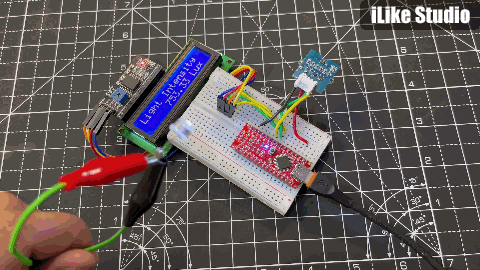
PCBA means full Printed circuit board assembly, so no need to solder any component by yourself and all the components are provided by the service. Now here is an interesting thing you will get 2 sensor boards in free if any of the designs got approved.
Ignite Your Passion, Fire Your Thoughts:
In order to give back to our community and make your great ideas a reality, Seeed Fusion are launching the Grove Sensor Co-brand Campaign to help engineers turn their Grove designs into real products that the community can purchase.

If your design is selected by us and the designer is happy to license the product to Seeed for manufacture and sale, then we will produce your Grove Modules Design at Seeed Fusion and make it available via Seeed Bazaar. After providing specific software documentation and Getting Started instructions, the designers will receive the payment over $300USD directly from Seeed Fusion.
Getting excited? Keep reading to find out more.
Difference b/w LUX and LUMENS:
Summarizing, while light output is expressed in lumens, light intensity is measured in terms of lumens per square meter or lux. Both the units are different from each other. Let’s have a basic idea about them.
Lumens (lm) are the unit of measurement we use to quantify the amount of visible light the human eye can see. The luminous flux of a particular light source is measured in lumens. You may have noticed the lumens output printed on led bulbs available in market. More the lumens more will be the light intensity, spreading power and vice versa.
Lux is simply the unit of measure used to describe the number of lumens falling on a square foot (footcandles) or square meter (lux) of a surface
LUX measuring sensor:

BH1750FVI is a digital Ambient Light Sensor IC for I2 C bus interface. This IC is the most suitable to obtain the ambient light data for adjusting LCD and Keypad backlight power of Mobile phone. It is possible to detect wide range at High resolution ( 1 - 65535 lux ). Which proves the 16bit interface of this IC.
BH1750:
Coming to my sensor module, it is an environment light sensor used to measure the ambient light. It works on I2C protocol and bh1750 comes with very low power ratings. From here you can see the full info directly from datasheet.

Low Current by power down function
Low Current by power down function
Small measurement variation (+/- 10%)
The influence of infrared is very small.
It is possible to select 2 type of I2 C slave-address.
Different modes of sensor:
BH1750 has six different measurement modes. They are divided in two groups; continuous and one-time measurements. In continuous mode, sensor continuously measures lightness value. In one-time mode the sensor makes only one measurement and then goes into Power Down mode.
Each mode, has three different precisions:
- Low Resolution Mode - (4 lx precision, 16ms measurement time)
- High Resolution Mode - (1 lx precision, 120ms measurement time)
- High Resolution Mode 2 - (0.5 lx precision, 120ms measurement time)
By default, the library uses Continuous High-Resolution Mode, but you can set any other mode, by passing it to BH1750.begin() or BH1750.configure() functions.
[!] Remember, if you use One-Time mode, your sensor will go to Power Down mode each time, when it completes a measurement...
Read more » ElectroBoy
ElectroBoy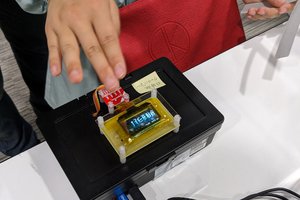
 Takahiro
Takahiro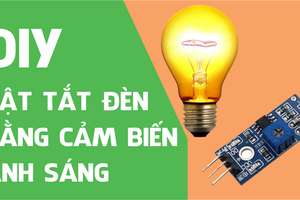
 Arduino KIT
Arduino KIT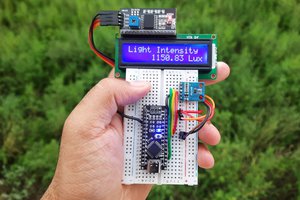
 Lithium ION
Lithium ION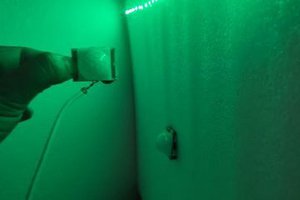
 electronicsworkshops
electronicsworkshops